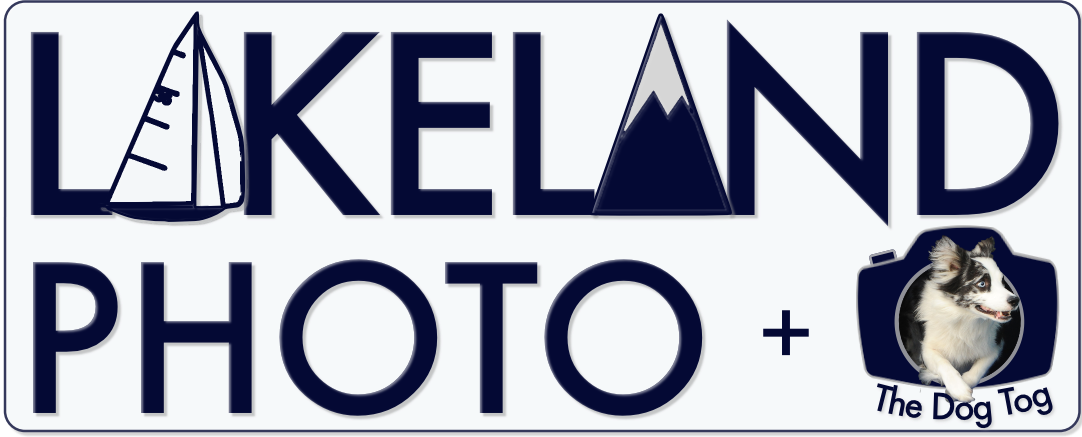The Copy’s never as good as the Original…
…Or is it?
A couple of things over Christmas reminded me how digital imaging has revolutionised media photography…
In the days of film photography (i.e. pretty much the whole 20th Century), the photographs you saw in magazines and papers, on people’s walls, or even on TV, were reproductions of physical prints, sent to the publishers by post from the photographer or their client.
The photos were printed in bulk from the negatives, using chemicals on light sensitive paper and then distributed by post or courier to the newspapers, magazines and book publishers. The publisher would then copy them optically (effectively photographing a photo) and print them again in whatever format that media used. Typically, by the time you saw a photo in the paper, it will have been copied at least twice and each copy would be slightly lower quality than the original (the final one in a newspaper was terrible in the early days of dot matrix printers!). If you saw it on TV it was even worse and stills from screens in that era are truly dreadful!
These ‘original’ prints of Ari Vatanen and the RS1700T are 3 of hundreds sent out by Ford Motorsport to the world’s motoring media as part of an official press release about their new rally car in 1982-3
Low budget and ‘Quick to market’ publications sometimes showed thumbprints, dust and creases from postage and handling (both ends) as a result of this manual analogue process!
Glossy magazines and book publishers were usually much more fussy and demanded the photographer to use transparency film, so the printing machinery could be set up directly from the slide, rather than going through the intermediate stage of copying a print and losing some quality (and avoiding any marks and damage from handling, posting, etc). Even then, the transparency sent to a 3rd party publication would be a copy of the original and never ‘quite' as good as the original. Only pictures taken by the publication’s own photographers would be seen at their absolute best - printed from the original picture from the camera.
I took this picture of Ari Vatanen / Terry Harryman in a Ford Escort RS1800 on the 1982 Manx International Rally and it was the first image I ever submitted in a photographic competition.
It was a 35mm transparency and the competition required the original slide to be submitted, so I first copied it and then sent the original off. Obviously I hoped to win something, but in any case I expected to have my slides returned in the postage paid envelope I had sent...
Sadly that was not to be - apparently the competition organisers had 'lost' mine and several other entries, so all I have of one of the best rallying pictures I have ever taken is a not particularly good copy of the original.
Fortunately, modern image editing software has now enabled me to recover the image to the point it is very nearly as good as I remember the original - but subsequent original slides still show this one to not be ‘quite’ as good as the rest!
Jump forwards to the 21st Century and the unanimous use of digital cameras…
Now, the digital copy, that can be sent to an infinite number of organisations simultaneously and in a fraction of a second, can be EXACTLY the same as the original direct from the photographer’s camera! So the copy is now just as good as the original…
This brings with it massive issues regarding copyright ownership and image theft is absolutely epidemic now, but it does mean we get to see the best quality images possible in books, magazines, on TV and online - with no quality loss except for the compression that the publisher chooses to use for speed / cost / anti-theft reasons.


